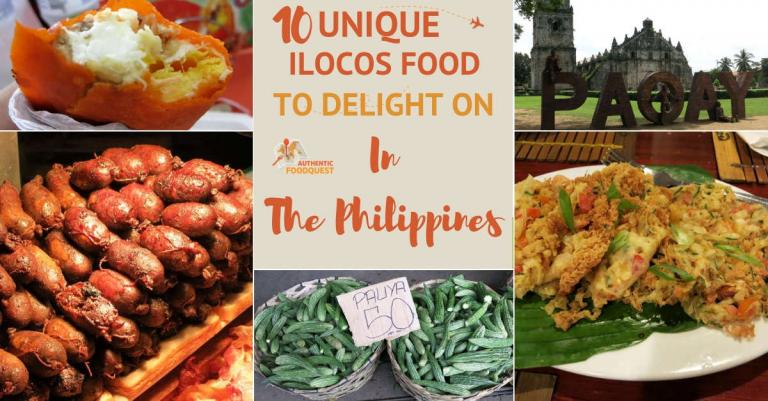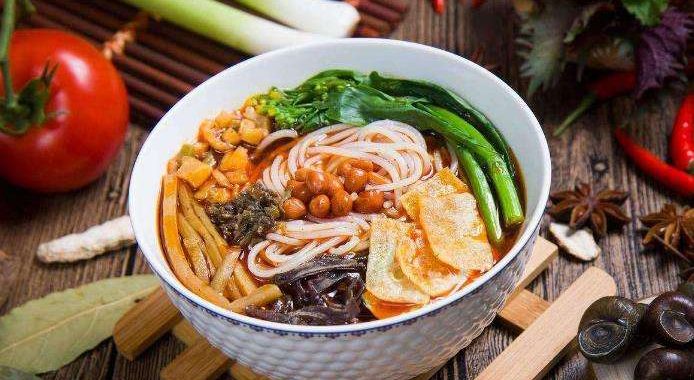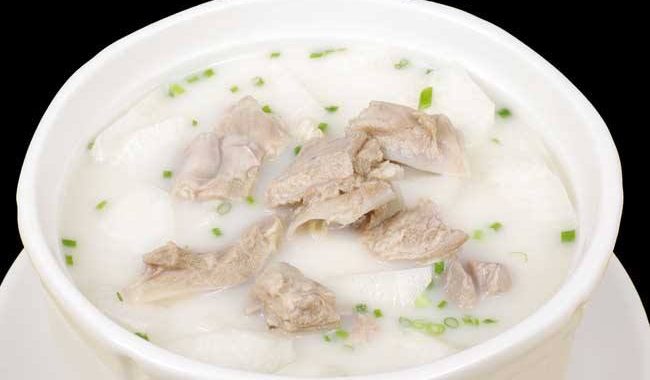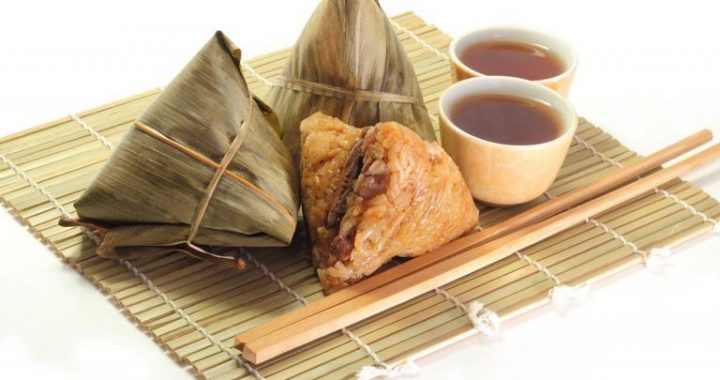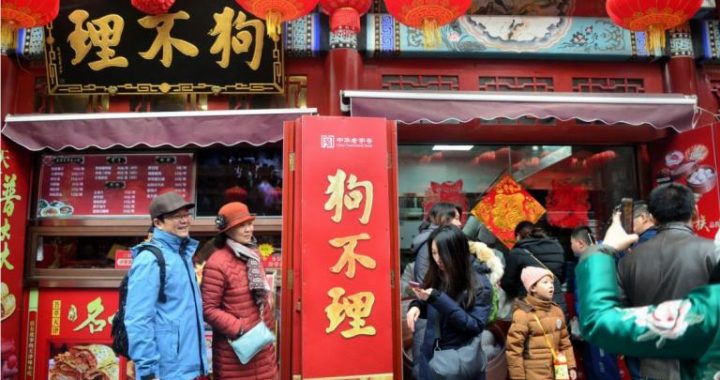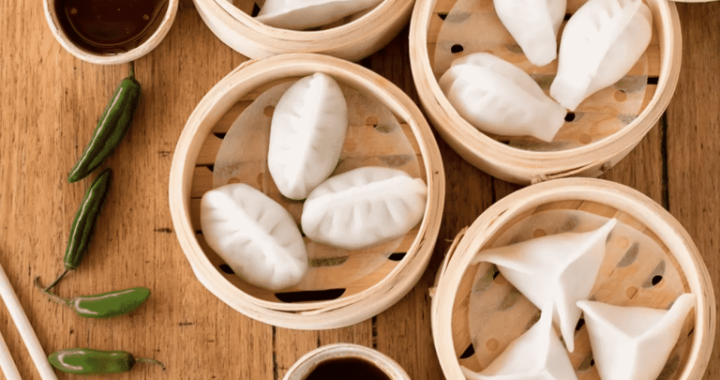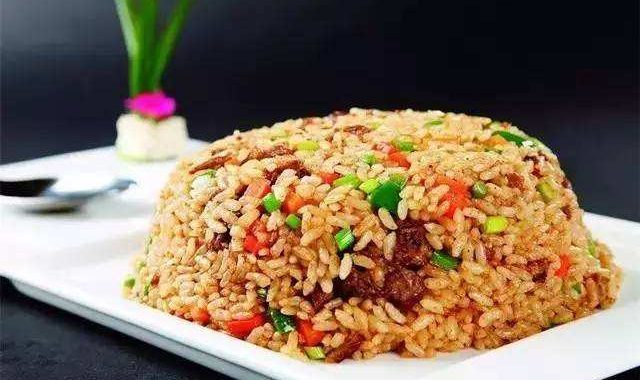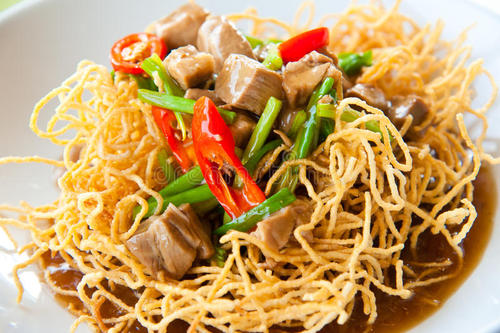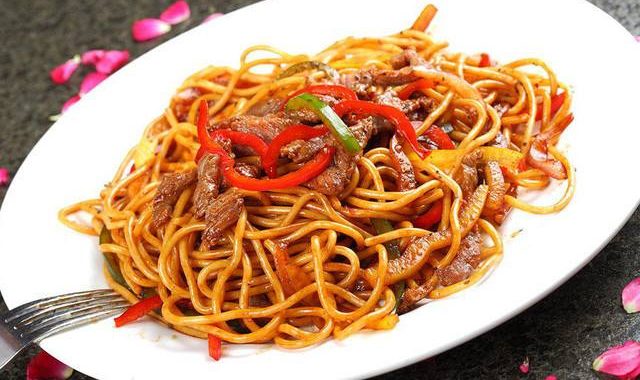Local Dishes with Distinctive Flavors
15 min readIn the past Chinese people usually used the term”delicacies from land and sea”for the delicious foods they liked to eat. According to historic records, bear’s paws, edible bird’s nests, shark’s fins, sea cucumbers, elephant trunks, humps, deer tails and monkey brain have all been enjoyed by China’s high officials in years gone by. However, such exotic foods are rarely found today. In addition, as people have begun to understand the importance of wildlife conservation, many Chinese people now refuse to eat these dishes.
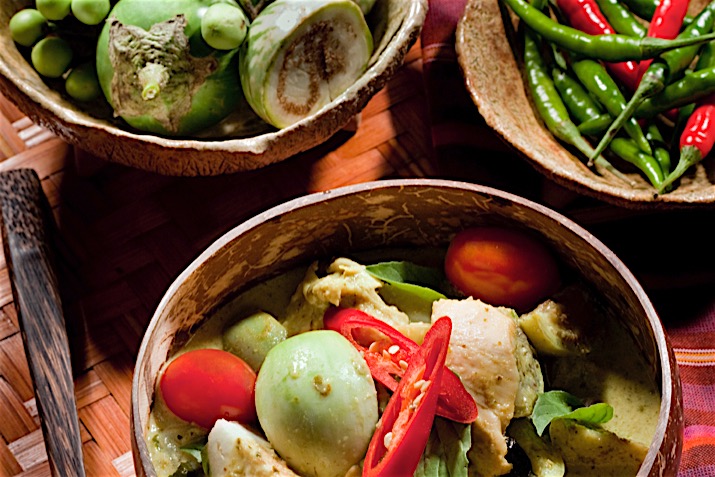
As mentioned above, there are eight main cuisines in China. The different types of food that can be enjoyed in the different parts of the country are concisely summarized in the saying:”sweet southern food, salty northern foods, spicy eastern foods and sour western foods.”Some people describe China’s cuisines more vividly:”Jiangsu and Zhejiang dishes are like pretty and elegant beauties south of the Yangtze River; Shandong and Anhui dishes are like unsophisticated, plain and strong men in the north; Guangdong and Fujian dishes are like romantic and refined young men; Sichuan and Hunan dishes are like scholars with abundant knowledge.”The Shandong cuisine is one of the most influential and widespread cuisines in China.
Cookery in Shandong has a long and distinguished history. Shandong is Confucius’ hometown, and its cuisine reflects the philosopher’s concept that”food is too refined, cuisine is too delicate.”Shandong dishes are characterized by freshness, tenderness, deliciousness and crispness. They look beautiful and are made with fine materials and sophisticated techniques. Cooks in Shandong use over 30 different culinary skills and they are particularly good at quick-frying, stir-frying, braising, baking and skinning. Scallion is a traditional food of the region. The use of scallion as a flavoring is a characteristic of Shandong cookery, as is the use of quick-frying as a way to prepare the vegetable. Many famous Shandong dishes contain this ingredient. These include intestines braised with scallion, carp fried with scallion and mutton quick-fried with scallion. The most highly prized type of scallions are the slightly spicy and sweet green scallions that come from Zhangqiu, Shandong(these have long, white stalks). Shandong people are forthright and hospitable. At Shandong feasts guests are provided with a large number of dishes so that they don’t go hungry or feel short-changed. When one is the guest of a Shandong family, one must therefore be prepared to eat a lot.
In the past, Shandong dishes were always closely associated with China’s imperial families.
If imperial family members passed through Shandong, local officials would offer them tributes and treat them to first-class Shandong meals. Therefore, many Shandong dishes have names with imperial connections such as”empress chicken”and “chicken shreds with egg white”. In the Ming and Qing dynasties, Shandong dishes became the main part of the imperial cuisine. The extremely extravagant”Manchu Han imperial feast”was the national feast of the Qing Dynasty.A complete set of silver eating utensils was used to eat this meal, which had 196 courses. Today, the Shandong cuisine remains the most important cuisine of north China, and many dishes served at high-class weddings and birthday banquets, as well as many home dishes, are based on this cuisine. In addition, the Shandong cuisine has had an important influence on the dishes of Beijing, Tianjin, Hebei and the northeast of China. For example, flour paste and scallion are an indispensable part the famous Beijing dish “Beijing roast duck”. These ingredients give the dish the typical taste of a Shandong meal. It is also worth noting that Fushan in Shandong is famous for its highly developedculinary culture and for the many famous cooks it has produced. Professional cooks from this town are famed for their superb culinary skills. Fushan housewives are also famous for the delicious food they cook their families. What’s more, it is the culinary skill of ex-pat Chinese from Fushan that has helped to spread the popularity of Shandong dishes overseas.
The cuisine of Sichuan mainly consists of dishes from Chengdu, Chongqing and Zigong. The main culinary skills used to make these dishes are stir-frying in a small wok, frying in a small wok, stir-frying with hot oil only and braising with hot oil. The Sichuan cuisine is another local cuisine that matured very early on in China’s history. It has therefore had a significant influence around the whole of China. When Sichuan dishes are mentioned, people normally only think of hot and spicy dishes. In fact, Sichuan dishes have a wide variety of tastes. This is shown by the wide variety ofseasonings that are used, such as scallion, ginger, garlic, pepper, black pepper, Chinese prickly ash, vinegar, Pi County’s bean paste, fermented glutinous wine, sugar and salt.
Most Sichuan dishes are economical and delicious ordinary home dishes that have a plain and refreshing style. Many people who visit Sichuan are amazed by the variety of delicious home dishes available. These include fish-flavored shredded pork, Kung Pao chicken, double-fried pork, Ma Po bean curd, spicy hot pots and fish filets in hot “chili”oil.
Chongqing hot pots are a particularly important type of Sichuan dish. They have a strong, delicious and spicy taste. Hot pots are ubiquitous in China. Regional varieties include the plain boiled pork and pickled Chinese cabbage hot pot found in the northeast, Beijing’s mutton hot pot, Hunan’s big border stove hot spot and Shanghai’s chrysanthemum hot pot. Chongqing hot pots are the”boldest”style of all the hot pots found in China because they include”everything edible”.
There are more than 100 kinds of Chongqing hot pot, including the hog bowel hot pot, the light soup hot pot, the mandarin duck hot pot, the beer and duck hot pot, the dog meat hot pot, the fat beef hot pot, the spicy chicken hot pot and the snake meat hot pot. Most Chinese people only eat hot pots in winter, but Chongqing people eat them all the year round. In particular, the region’s hot pot restaurants are busiest in the three ten-day periods of the hot season. This is because the people of the region find that the spiciness of a hot pot can help them cope with the heat.
Many provinces and autonomous regions in the west of China have a custom of eating spicy foods. According to Chinese tradition, eating spicy foods helps remove damp and coldness. Pepper is a key ingredient of spicy food. It first spread to China from America in the late Ming Dynasty.
Initially it was only used as an ornamental garnish and medicine. It was first eaten in Guizhou and its surrounding areas, and at one point replaced salt as a flavoring. Today, it is not only Sichuandishes that are famous in China for their spiciness. Other areas that have spicy local delicacies include Shaanxi, Guizhou, the parts of Yunnan and Hubei that border Sichuan and Hunan, Jiangxi and the central and southern regions of Guangxi. The spicy foods from these regions all have different characteristics. Generally speaking, Sichuan dishes are hot and spicy, Guizhou dishes are sour and spicy, Yunnan dishes are fresh and spicy, Shaanxi dishes are salty and spicy and Hunan dishes are delicious and spicy. In recent years, as regional dishes have been introduced on a large scale to China’s big cities(including Beijing, Shanghai, Shenzhen and Guangzhou), these spicy delicacies have become more and more popular.
The cuisine of Hunan is the spiciest of the eight well-known Chinese cuisines. Hunan dishes are prepared using delicate knife skills.A lot of strongly flavored oil is also used in their preparation.
The main culinary techniques used to make Hunan dishes are boiling, braising and steaming. The characteristic taste of a typical Hunan dish is spicy, although the cuisine exhibits a variety of other tastes(including sour, hot, fresh, tender and smoky).
Cluster red pepper is the favorite food of the Hunan people and this ingredient is found in almost every meal-from grand banquets to simple home meals. Smoked bacon is another characteristic ingredient of the Hunan cuisine. The smoke used to preserve this bacon turns the meat black and gives it a special taste. When bacon is used for cooking a Hunan dish,a whole chunk is normally washed, steamed, sliced and then stir-fried with green garlic sprouts or pepper.
At present, few people in cities smoke meat themselves, and most bacon that can be found in Chinese supermarkets is not smoked but baked. The taste of this bacon is quite different from that of traditionally smoked bacon(known as”orthodox”bacon).
The people of Guangdong Province are very enthusiastic about their food and the region has a long and proud culinary tradition. Guangdong has long been a commercial center for the south of China, with Guangzhou having the distinction of being China’s first foreign trade port. This domestic economic activity and international trade helped the region’s cuisine to develop. Guangdong is also rich in natural resources and this has provided its chefs with a wide variety of ingredients to choose from, including seafood and game. Guangdong people are said to “eat anything other than four-legged tables”. Although this is obviously an exaggeration, the cuisine of Guangdong is very varied and includes exotic foodstuffs such as insects. Guangdong people particularly enjoy eating seafood.
As the saying goes,”Guangdong people would rather eat no meat than eat no fish.”Eel braised with roast pork, five-willow grass carp and fried shrimps are signature Guangdong dishes.
The cooking techniques used to create Guangdong dishes have been influenced by famous cooks from the north of China, and also by the eating habits of overseas Chinese. This means that the cuisine has absorbed some aspects of Western cookery. This makes the Guangdong cuisine unique in terms of the extensive selection of ingredients it uses, the novelty of its dishes, the bland tastes of its dishes and the emphasis it places on nutrition.
Guangdong seasonal soups and porridges are especially famous. Guangdong cooks usually prepare their porridge in earthen pots and cook it thoroughly to bring out its delicious taste.
Porridge ingredients include seasoned fish and meat. Porridge cooked this way is very nutritious. It can therefore be used to build up a person’s strength and to help them to live longer.
The cuisine of Jiangsu emphasizes the freshness and tenderness of its raw ingredients. The Jiangsu area has always been called the”land of fish and rice”. It has many rivers, ponds and lakes, a warm climate and its farmers produce a wide range of products. Its cuisine features prominent natural flavors, and uses almost no fatty raw materials. The cuisine is said to have a softness and delicacy that reflects the qualities of the mountains and rivers of Suzhou and Hangzhou. In particular, Jiangsu dishes are prepared and presented with great care. They are presented like artworks and look exquisite. Even common dishes, such as dry bean curd, are prepared beautifully (dry bean curd is”cut into slices as thin as paper and shreds as thin as threads”). Famous Jiangsu dishes include Zhenjiang’s reeves shad, Hangzhou’s West Lake fish in vinegar gravy and Dongpo pork, Wuxi’s meat bones and Yangzhou’s lion heads.
They are often called “four-joy meatballs”by people in the north of China. Everybody can cook large meatballs, but typical Yangzhou large meatballs are not easy to imitate. The pork used to make them should be 70 percent lean and 30 percent fat, and should be chopped carefully so that its essence is not lost. It should also be cut into cubes that are as small as possible. Traditional large meatballs are oily but not greasy and are eaten with a spoon instead of chopsticks.
Duck is a very popular food in the Jiangsu city of Nanjing. Many varieties of duck are eaten in the city, including boiled salted duck, braised fat roasted duck, barbecued duck and pressed salted duck. Boiled salted duck is the most commonly eaten of these. Traditionally, at the beginning of winter, the people of Nanjing buy salted duck and boil it together with cabbage in a soup until it turns milky white. The resulting dish has a mellow fragrance.
Among the wide variety of Jiangsu dishes, those from Yangzhou, Suzhou and Wuxi stand out. The main characteristic of the dishes that come from Yangzhu is that, no matter how they are cooked, the juices of their ingredients are always preserved. Yangzhou is also famous for its wide variety of desserts. Suzhou is a famous historical city, which has a splendid culture. Its dishes are famous for their delicacy and for the finesse of the cutting, cooking, mixing and flavoring techniques that are used to prepare them. Even ordinary home dishes from Suzhou are beautifully prepared, and the city’s housewives place more emphasis on quality than on quantity. Yangcheng Lake hairy crabs, which have become famous around China in recent years, are from Suzhou. Wuxi dishes have two main characteristics:”sweetness”and”smelliness”. These characteristics come from the fact that sugar powder and strong-smelling dried bean curd are commonly used ingredients in these dishes.
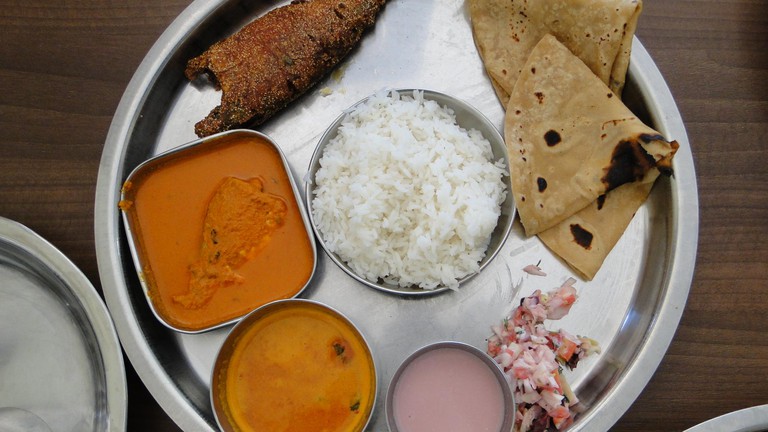
The cuisine of Zhejiang features dishes that are “refined, special, fresh and tender”. The main culinary techniques used to cook this food are stir-frying, frying, braising, quick-frying, steamingand roasting. Cooks in Zhejiang aim to preserve the original colors and tastes of the ingredients they use. Fresh seasonal bamboo shoots, ham, winter mushrooms and green vegetables are used in many dishes. Shaoxing wine, scallion, ginger, vinegar and sugar are used as flavorings. These help to eliminate fishy odors and grease and produce a delicious fresh fragrance. The Zhejiang cuisine mainly consists of four local cuisines:the Hangzhou,Ningbo cuisine,Shaoxing and Wenzhou cuisines.
Ningbo is a seaport city near the Zhoushan Islands.Its chefs therefore have access to a lot of seafood,Ningbo dishes therefore taste a little salty.Hangzhou is an ancient city,which has a history dating back over 1,000 years and beautiful scenery.Most Hangzhou dishes taste bland and do not contain spices,seasonings,thick oil or red sauce.Classic,world-famous dishes from the city include Dongpo pork knuckles and West Lake fish in vinegar gravy.
The cuisine of Anhui consists of the three local cuisines of the south of Anhui,the area along the Yangtze River and the area along the Huaihe River.The main characteristics of Anhui dishes are plainness,crispness,saltiness,freshness and good taste,and the main techniques used to prepare them are braising and stewing using an intensive fire.Coriander and pepper are often used for coloring and flavoring.
Anhui dishes were famous in China more than 100 years ago.At that time,Anhui dishes were served in imposing restaurants that had splendid rosewood furniture.However,thanks to the fierce competition that characterizes the modern Chinese catering industry,the popularity of Anhui dishes has declined in recent years. It is now quite difficult to enjoy Anhui dishes if you do not travel to the Huangshan Mountain in southern Anhui province.
The cuisine of Fujian is famous for its soups and other dishes that feature delicacies from both the land and the sea. Fujian chefs select fine ingredients and cut them with exceptional skill.
They also employ sophisticated steaming and baking techniques and often use distiller’s grains as flavorings. Fujian dishes are characterized by their fresh, light and sweet and sour tastes. There are many varieties of Fujian soup. These include famous dishes such as Fotiaoqiang, fish balls in clear soup, clams in chicken soup and diced chicken with distiller’s grains.
The popularity of Fujian dishes has declined in recent years, and only the”No.1 soup in the world”-Fotiaoqiang-remains widely popular. There are over 30 ingredients in this soup.
These include chicken, duck, pork, mutton, sea cucumbers, dried scallops, abalone, pigeon meat, mushrooms and bamboo sprouts. This soup is prepared using a very rigorous procedure. The ingredients are normally placed in a Shaoxing wine jar, which is then sealed with lotus leaves. This jar is heated using an intensive heat until the soup inside starts to boil, it is then heated using a slow fire for five to six hours. It is said that after they had smelt this dish being cooked, some monks wanted to jump over the wall of their temple to go and drink it, hence the name “Fotiaoqiang”(which means Buddha jumps over the wal).
The eight traditional Chinese cuisines and their characteristic dishes have been introduced above. However, China’s eating culture features many other wonderful foods. In particular, there are many local dishes(which have prominent regional characteristics or long histories) that have had a significant influence on food in China.
The ancient capital of Beijing is a modern international metropolis. It has thousands of restaurants, including more than one hundred famous ones. However, the cuisine of Beijing is not one of the eight traditional Chinese cuisines. This is because the food eaten in Beijing, like the people who live there, comes from all over the country. It has a huge variety of ingredients and is difficult to classify. The cuisine available in Beijing not only features delicious delicacies from around China but also from the West. The city is home to restaurants serving French, Italian, Russian, Spanish and American food. It also has many Asian restaurants serving Japanese, South Korean, Indian, Vietnamese, Indonesian, Thai and Iranian food. In recent years, as people have had more money to spend, several special food streets have grown up in Beijing, and more and more restaurants have opened.
Most of these taste bland and mild. They are eaten using small cups, small bowls and small plates of different colors.
A famous dish that is central to the city’s cuisine is the”Time-honored Brand Xiaoshaoxing boiled chicken”. Other famous Shanghai dishes include braised jumbo sea cucumber with shrimp roe, dry fried bamboo shoots and empress chicken, and fried pork ribs with pepper sauce. In addition, as Shanghai was the first Chinese metropolis to be opened up to the outside world, its cuisine incorporates some Western cooking techniques, flavors, eating habits and dishes.
Northeastern dishes are generally unsophisticated. The names of the individual dishes are unrefined, as are the cutting and other preparation techniques used to make them. Even the utensils used to eat these dishes are coarse. Food from this region is not like the spicy food of China’s southwest, the sweet food of its southern regions or the salty food of its northern areas. Northeastern dishes are usually stewed and braised. Dishes that are representative of this cuisine include boiled pork with pickled Chinese cabbage and stewed chicken with mushrooms. In particular, people who live in the northeastern countryside like eating from copper hot pots. For example, when it is snowing heavily outside, they will sit indoors on a heated brick bed with their legs folded, light up a fire under a copper hot pot and eat sweet and sour, crisp picked Chinese cabbage, soft, smooth vermicelli and delicious, tender slices of pork, beef and mutton.
Yunnan is a province that is inhabited by many minority ethnic groups, and its dishes have distinctive regional characteristics. Wild fungus dishes-particularly those made using the Yunnan chicken fir fungus-are the most unique of the province’s local delicacies. Yunnan chicken fir is known as the”king of fungi”. It is regarded as the most delicious of the 500-plus species of edible wild fungi that have been discovered around the world. Its name comes from the fact that looks and tastes like chicken. Chicken fir grows on termite nests and must be collected at a specific time if it is to taste its best. This is because chicken fir is most delicious when its pileus is about to open; if its pileus opens after it is removed from soil, then its flesh becomes aged. In order to taste truly delicious fresh chicken fir, one must go to Yunnan where it grows.
Dozens of famous Yunnan dishes are made using chicken fir. These include chicken fir steamed in clear soup, chicken fir with pepper sauce, oil chicken fir and pan-fried chicken fir. Chicken fir is normally enjoyed as a seasonal fresh food, but “oil chicken fir”is a dish that can be enjoyed throughout the year. It is made by frying chicken fir, dry pepper and other ingredients in vegetable oil over a slow fire. The cooked chicken fir is then air dried. It has a strong fragrance and is like a dried meat.
The cuisine of Hubei is famous for its delicacy. Many Hubei dishes are complicated to prepare and cooking them can involve over ten separate procedures. The main ingredients used in this cuisine are river and lake products. Steamed dishes are a highlight of Hubei cooking-they are characterized by their thick juices, saltiness and pure flavors.
The cuisine of Guizhou is famous for dishes that contain game, chicken, duck, pork, beef, vegetables and bean curd, all of which taste salty, spicy and delicious. Famous dishes include griddle-cooked chicken with pepper, fish in sour soup and Huajiang dog meat. Because the cuisine incorporates many of the culinary methods of Guizhou’s minority ethnic groups, its dishes have strong rural characteristics.
The cuisine of Guangxi is famous for its use of fresh game meat. It is generally spicy in taste and has been deeply influenced by the cuisine of Guangdong. The preparation techniques used in this cuisine are similar to those used by the region’s minority ethnic groups. Because many precious traditional Chinese medicinal materials are produced in Guangxi, its cuisine includes many foods cooked with medicinal herbs.
The variety of different local dishes and distinctive local flavors that can be found all across China reflect the country’s multifaceted eating culture. It also reflects the distinctive traditions and unique characteristics of the country’s various regions. Taking the time to explore the diversity of China’s regional cuisines not only opens up a world of tastes, it also provides a unique window through which to discover China’s culture and traditions. Indeed, for foreign tourists visiting China, one of the best ways to find out about the country is to eat its food-whether by enjoying a signature feast in a hotel or by tucking into a local dish at a small roadside restaurant.
